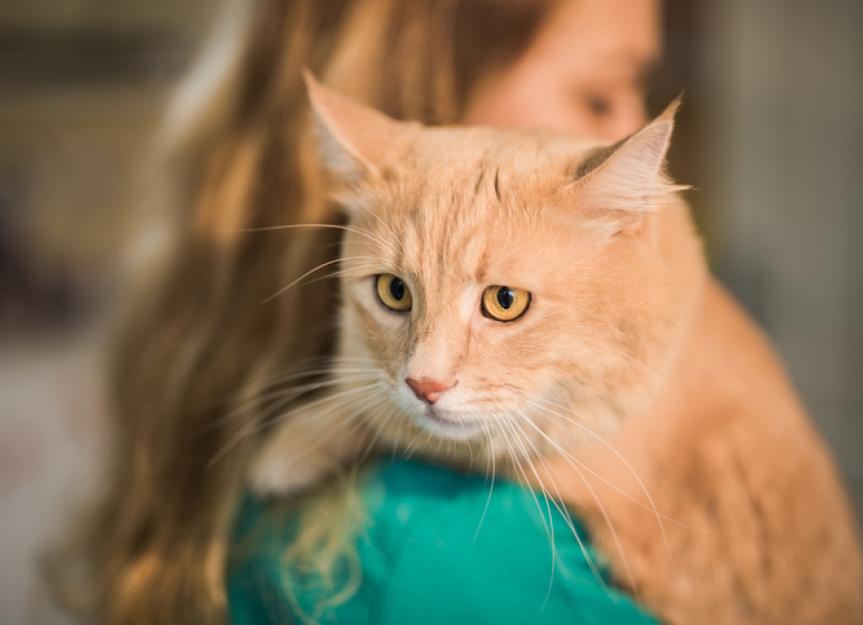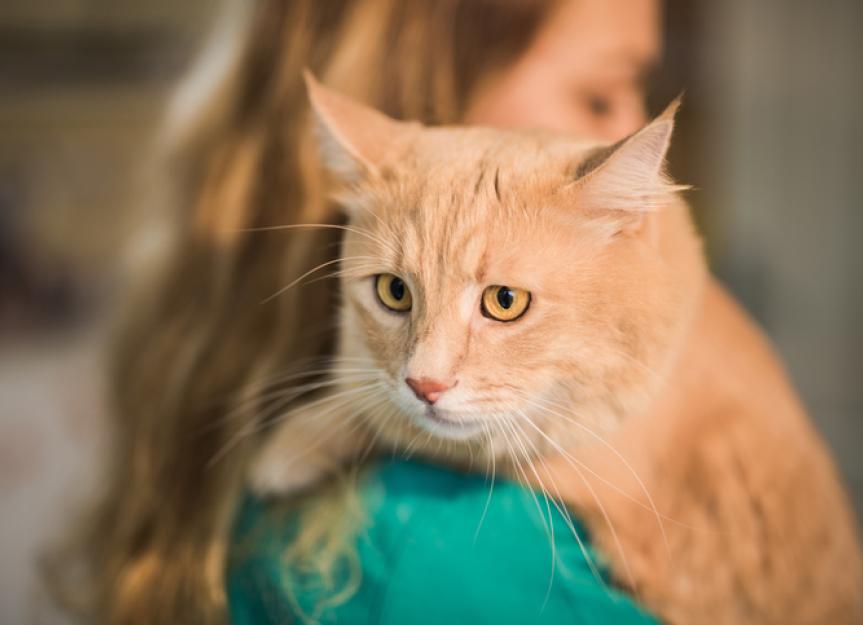
Key Takeaways
- Cats are emotional beings capable of experiencing feelings such as fear, anxiety, boredom, and contentment.
- Human actions and emotions can significantly impact a cat’s mood.
- Signs that you are hurting your cat’s feelings include increased hiding, reduced appetite, aggression, and changes in grooming habits.
- Supporting your cat’s emotional well-being includes maintaining a consistent routine, providing enrichment, and respecting boundaries.
Do Cats Have Feelings?
Yes, cats do have feelings. While we don’t have enough data yet to fully understand how complex a cat’s feelings may be, we do know that they’re capable of feeling at least a few simple emotions, such as:
We can also impact cats’ emotions. Research from the 2020 study indicates that cats may become more anxious when their trusted humans show signs of anger rather than happiness, demonstrating that cats can feel upset when their human family members are.
The 2023 study also found that cats use hundreds of facial expressions to either associate positively or show feelings of aggression toward other cats. These different facial expressions demonstrate that cats do have emotions that influence their body language and behavior.
Can You Hurt a Cat’s Feelings?
Yes. Because cats are so keenly aware of our emotions and sensitive to changes in their surroundings, it is possible to hurt your cat’s feelings, so to speak.
Common ways we might make our cats feel anxious, afraid, or depressed include:
Physically punishing your cat, such as using a spray bottle or yelling at them, can similarly make a cat feel afraid and want to avoid you.
Additionally, being too aggressive with affection can also make your cat feel scared and anxious, such as picking them up if they don’t like to be held or trying to pet them when they want personal space.
Cats do often crave connection with us through play and quality time when they’re in the mood. Thus, cats who don’t get enough play and mental stimulation can become bored and may stop seeking out human companionship.
Signs You’re Hurting Your Cat’s Feelings
When your cat is feeling anxious, bored, or neglected, you may notice some changes in their overall activity level and behavior.
For example, when your cat is feeling negative emotions, they may:
-
Change their body posture (become tense, with flattened ears, wide pupils, and a puffed-up tail with lips pulled back to bare teeth and whiskers flattened or splayed out in multiple directions instead of curved downward in a relaxed posture)
How To Bond With Your Cat
Once you know what hurts your cat’s feelings, you can make changes to prevent that negativity in the future. Here is what you can do to best support your cat’s feelings.
1. Stick To a Routine
Establish a daily routine. This routine may include:
2. Maintain a Consistent Environment
Keeping your cat’s food and water bowls, litter box, and cat trees in the same location is also helpful.
Additionally, make sure they have access to their favorite toys, views of the outdoors, and comfortable bedding at all times.
Keeping noise levels to a minimum can also keep your cat happy.
3. Spend Time Together, But Respect Their Boundaries
Some cats may enjoy your company, like sitting on your lap or next to you on a favorite couch or chair.
However, know when your cat needs their space. Don’t force petting, cuddling, or quality time when they’re not in the mood for it. Always offer an area for your cat to decompress when needed, such as a comfortable hiding spot with access to a litter box, food and water, perches, and toys.
4. Play More Often
Most cats benefit from at least 10–15 minutes of interactive play with their humans every day, and some highly active cats may need two or three additional sessions spaced throughout the day.
Some good options for interactive play include wand toys, catnip, or toys that mimic hunting prey.
It can take about six to eight weeks to see a noticeable effect from these products, but they can be a good long-term investment in your cat’s emotional well-being.
References
“Feline faces: Unraveling the social function of domestic cat facial signals.” Scott, Lauren and Florkiewicz, Brittany N. Behavioural Processes. Volume 213, November 2023.
“Emotion Recognition in Cats.” Quaranta et al. Animals (Basel). 2020 Jun 28;10(7):1107.



